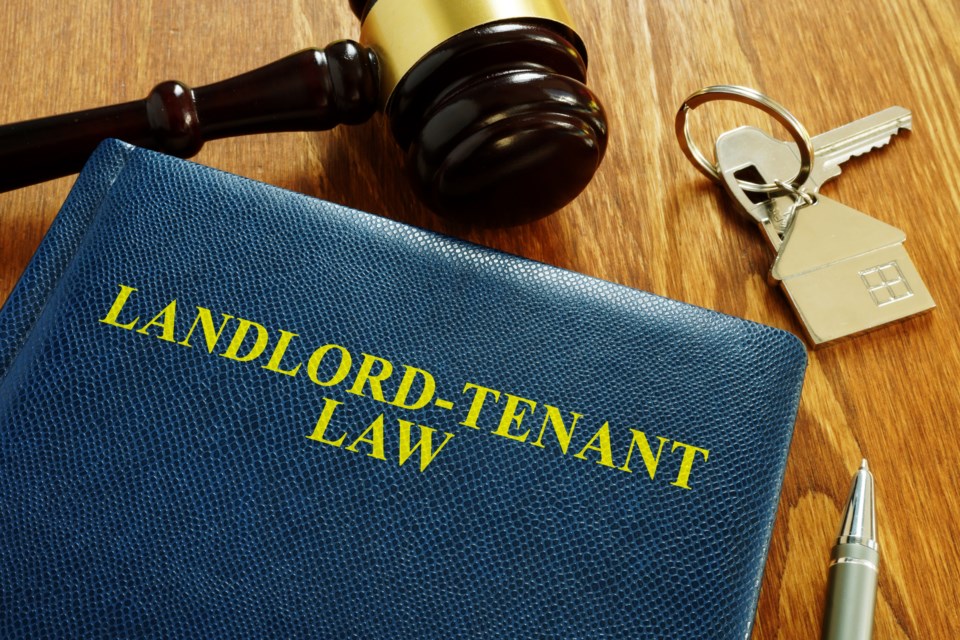THUNDER BAY — A tribunal has rejected a request from the Thunder Bay District Social Services Board to evict a tenant after a person allowed to enter her unit in a DSSAB apartment building started a fire on a gas meter.
Instead, the Ontario Landlord and Tenant Board is attaching conditions to the woman's occupancy for a period of one year.
The case dates back to October 2024 when a guest of the tenant permitted another individual to enter Spence Court on Amelia Street.
According to undisputed facts outlined in the LTB's decision released last month, the tenant was present at the time, but understood the person her guest allowed in was just there to get a cigarette, and was about to leave.
She left the two of them alone when she went to visit another tenant.
Shortly after, the visitor exited her apartment to linger in the vestibule at the building's entrance, but re-entered the complex when another person exited through the locked front door.
The man then proceeded to wander the hallways in Spence Court before leaving once more to go to a courtyard at the rear where he started a fire on a gas meter.
None of the parties at the hearing disputed that this person had seriously impaired the safety of others and caused wilful damage by starting a fire.
At the hearing, the key issue was whether the tenant had permitted the man to enter the residential complex in the first place.
The DSSAB submitted that her initial acceptance of the stranger's presence, and her decision to let him stay when she left her unit, made her accountable for his subsequent actions.
The LTB agreed she had shown acquiescence to his presence in the building.
The tribunal also rejected the contention of the tenant's representative that the man's re-entry after initially leaving the complex was a separate event, and that once he left, he was no longer in the secured portion of the complex.
"Had he entered the courtyard directly from the street, without having been in the building first, there may have been insufficient connection to the tenant. However, under these circumstances the connection is sufficient," a board member wrote in her decision.
She commented that to exempt the tenant from liability because she didn't know the individual, or because the misconduct occurred in an outdoor area, would undermine the purpose of the section of the Residential Tenancies Act that allows a landlord to terminate a rental agreement based on the actions of a person granted access by a tenant.
"Therefore, I find that his actions took place within the complex, and that the tenant must be held responsible for them."
Still, she described the tenant's connection to the offending behaviour of the visitor as "minimal" because she was unaware of his plans.
"Therefore, I find that relief from eviction is warranted."
The LTB member noted further that the tenant is an Indigenous woman recovering from substance abuse, that she has recently undergone treatment, and that she is committed to making healthy changes.
For a period of one year, the board's order requires the tenant, other occupants of her unit, and anyone permitted entry by the tenant not to wilfully cause undue damage to the unit or building, and not to seriously impair the safety of another person in the complex.
Failure to comply will enable the DSSAB to re-apply for eviction.
The tenant was also ordered to reimburse the social services board for the $186 it paid to file its application.
